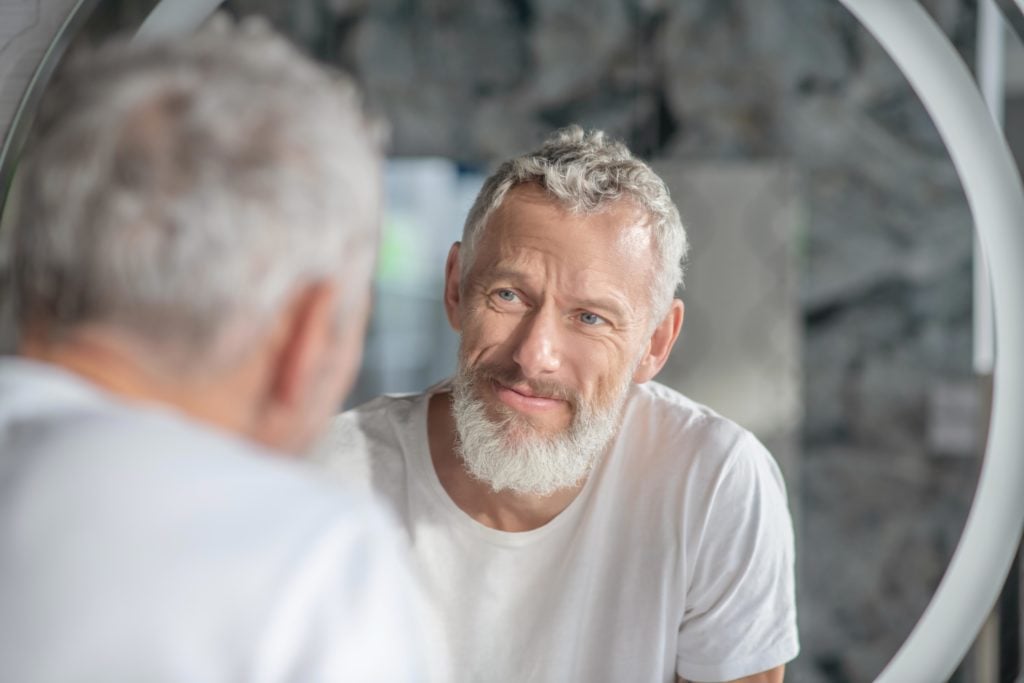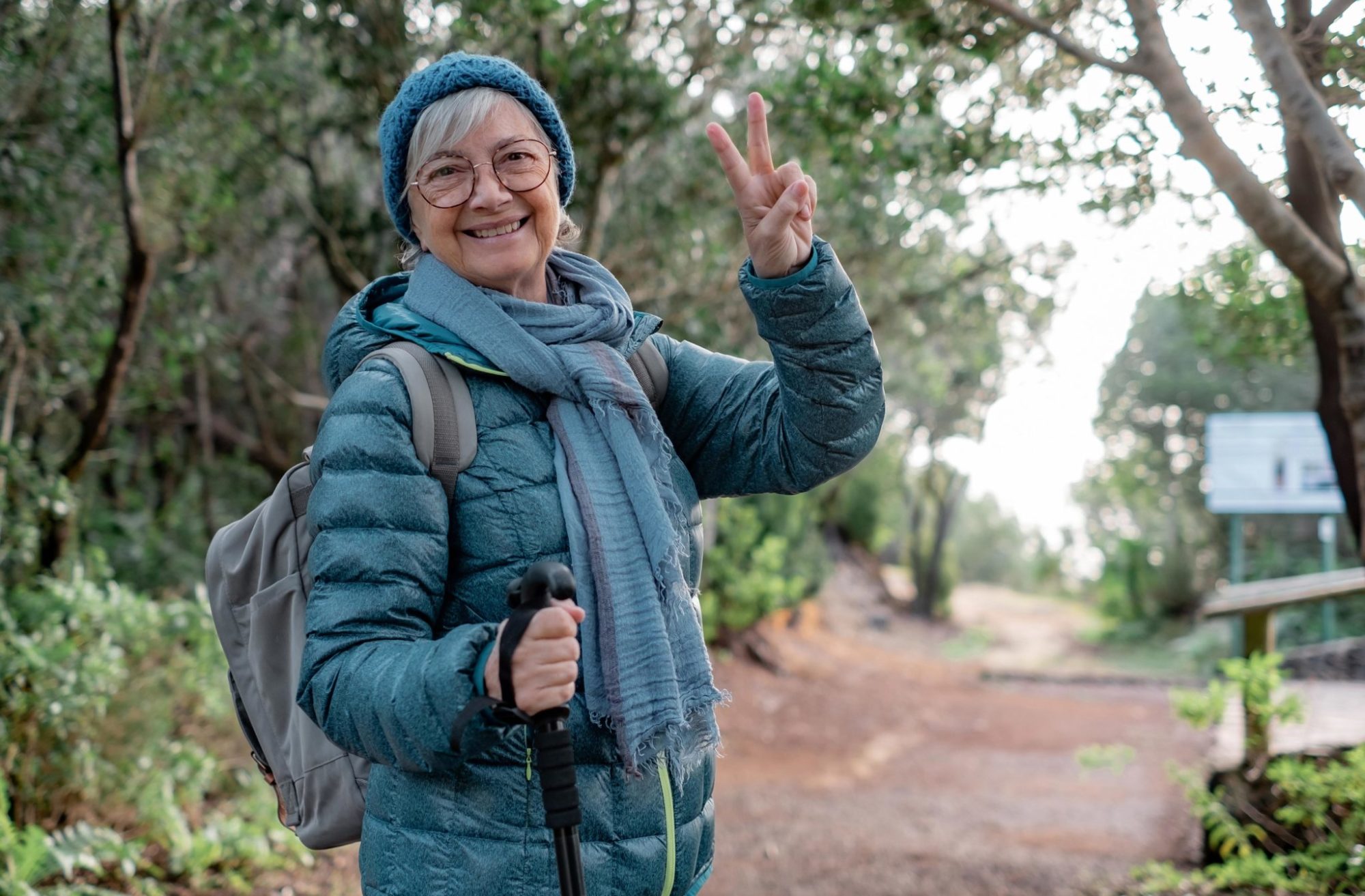Strong Bones, Strong Mind
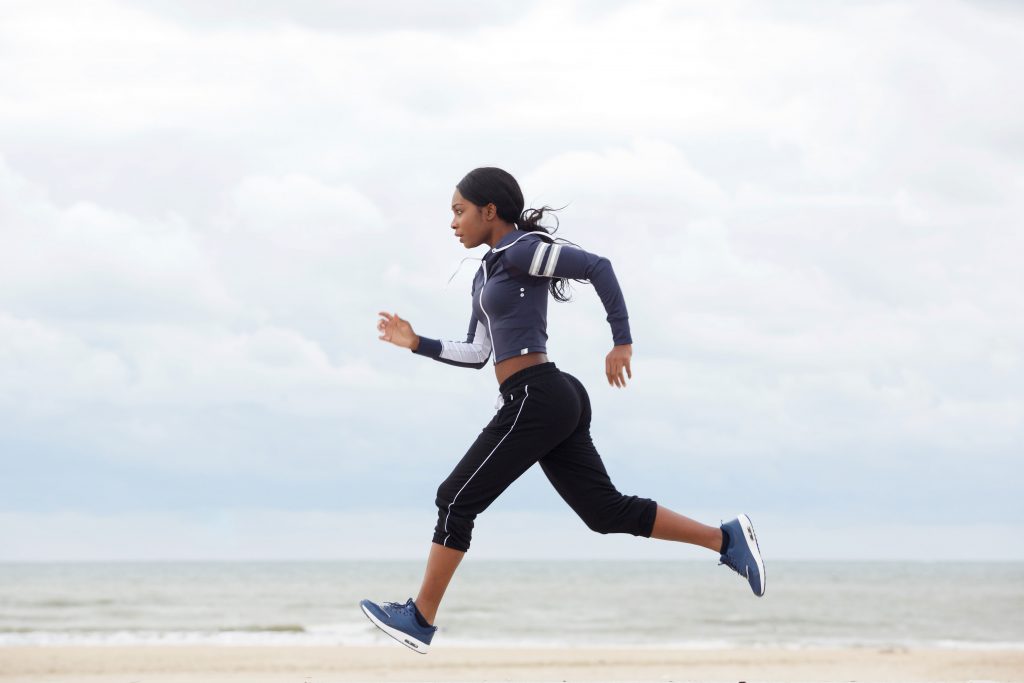
Healthy Bones Support Overall Health
Having healthy bones is essential to avoid fragility fractures as you age. However, you may be surprised to learn that healthy bones are also crucial for maintaining your overall health. For example, your bones regulate your metabolism, male fertility, your ability to exercise, your response to stress, and even your memory!
In today’s article, I focus on how bone health impacts your mind.
Low Bone Density and Dementia
Unfortunately, many studies have now firmly established a strong link between low bone density and cognitive decline (1-6). For example, women who experience rapid reductions in bone density are at greater risk of cognitive decline (1), and having low bone density is an early risk factor for dementia (2, 3, 5).
The Bone-Brain Connection
How does bone density influence cognitive decline?
Well, it turns out that your skeleton secretes hormones that regulate other organs, including your brain (7)!
The best-studied and understood bone hormone is osteocalcin. However, to understand how osteocalcin regulates your brain, you first need to understand the basics of bone biology.
Bone Turn-Over
Your bone is constantly turning over. When stimulated, bone cells called osteoblasts create new bone. In contrast, osteoclasts (another type of bone cell) constantly dissolve bone.
It is the balance between bone formation and degradation determines whether your bone gets stronger or weaker over time. When bone formation exceeds breakdown, your bones become more robust. In contrast, your bones become fragile when bone degradation exceeds bone formation.
Osteocalcin and Brain Function
Osteocalcin is a protein that is incorporated into your skeleton by osteoblasts whenever you make new bone (7). Then, osteocalcin is then released into your blood supply when osteoclasts dissolve your bone matrix (7).
So, how do we know that osteocalcin released from your bones regulates brain function?
First, mice that can’t make osteocalcin display profound deficits in learning and memory, as well as significantly elevated levels of anxiety (8). For example, mice without osteocalcin have smaller brains (8) and utterly fail maze-learning tests (9).
Second, injecting purified osteocalcin into the osteocalcin-deficient mice restored their memory and learning deficits and reduced symptoms of anxiety (8, 10).
Finally, Khrimian and Colleagues identified the receptor for osteocalcin in crucial brain regions responsible for memory and anxiety (10).
Does osteocalcin control cognitive performance in humans?
Yes, osteocalcin is indeed important for human cognition! Two independent studies have shown a strong correlation between low osteocalcin and cognitive decline in humans (11, 12).
Osteocalcin, Aging, and Exercise
Alas, in mice, monkeys, and humans, serum osteocalcin levels dramatically decline with age.
In mice, osteocalcin levels plummet by 70% in male and female mice between 2-9 months of age (13). A similar decrease in serum osteocalcin occurs in old rhesus monkeys (13). Finally, in humans, osteocalcin levels reach their lowest point before 30 years old in women and 50 years old in men (13).
However, all is not lost! Aerobic exercise transiently raises circulating osteocalcin levels in both mice and humans (13). In addition, high-intensity interval training (HIIT) transiently also increases circulating osteocalcin in men and women (14).
Thus, although the brain-preserving effects of osteocalcin decline precipitously with age, you can (at least partially) offset this loss through regular aerobic and HIIT exercise.
Putting it All Together: Building Strong Bones for a Strong Mind
The role of osteocalcin in supporting cognition suggests a three-pronged strategy for preserving your intellect as you age.
1. Increasing Your Bone Mass
The first part of the strategy involves stimulating your osteoblasts to form new bone using exercise and diet. Because I’ve covered increasing your bone mass in detail before, below I just hit the high notes.
The two proven methods for increasing bone mass are (i) lifting weights and (ii) impact training. This is because heavy lifting and impact training both cause mechanical stress that stimulate osteoblasts to form new bone.
Resistance Training
Compound lifts such as squatting, deadlifting, and pressing movements at 80% or more of your one-rep max effectively increase bone mass (15). As an added bonus, these exercises also increase muscle strength and size (15). Strong muscles flex your bones more than weak muscles, triggering further bone formation as you gain strength.
Impact Training
Impact training known to improve bone density includes jumping (15), sprinting (16), and hitting the heavy bag (17). Sports that involve sprinting, jumping and rapid direction changes such as basketball, volleyball, netball, and soccer also create sufficient impact to stimulate bone formation.
Three days a week of lifting combined with impact training is sufficient to activate bone formation for most people (15).
Nutrition
In addition to exercise, you need to support bone growth through optimal nutrition. The essential nutrients for bone growth are calcium, vitamin D, and vitamin K (18). Sufficient calcium and vitamin D are crucial for increasing bone density. Vitamin K is required to produce osteocalcin. Vitamin K also protects your vascular system from calcification (19, 20). Foods rich in vitamin K include green leafy vegetables such as kale, collard greens, broccoli, spinach, cabbage, and lettuce.
You will also need to consume sufficient high-quality protein to support bone and muscle growth. Finally, eat a balanced diet with plenty of nutrients, fiber, and prebiotics to maintain a healthy gut.
2. Releasing Osteocalcin into Circulation
Aerobic exercise and high-intensity interval training are proven ways to release osteocalcin into circulation. However, the release of osteocalcin from bones by exercise is transient. Therefore, you must frequently exercise to expose your brain to regular doses of osteocalcin.
Because you are busy with life, an intelligent approach to working out is crucial if you want train frequently without burning out or getting injured.
For example, a workout that starts with impact training, then moves on to heavy lifting, and finishes with steady-state cardio or HIIT ticks all the osteocalcin boxes.
So does a HIIT workout that utilizes high-impact exercises, such as sprints and hitting the heavy bag.
Finally, competitive sports that involve sprinting and jumping, such as soccer, basketball, and netball, will simultaneously improve your bone health while releasing osteocalcin.
3. Maintain a Healthy Body Composition
Maintaining a healthy body composition is crucial for optimal brain and bone health. This is because obesity reduces circulating osteocalcin and contributes to cognitive decline (21). In contrast, lean muscle preserves your cognitive function (22).
Perhaps you are carrying too much weight or insufficient muscle mass for your body type? If so, consider prioritizing losing fat and gaining lean muscle when designing your workout and diet.
Take-Home Message
Your bones release hormones that regulate multiple physiological systems.
One such bone hormone is osteocalcin, which regulates (amongst other things) memory, learning, and anxiety. The role of osteocalcin in supporting a healthy brain helps explain why bone loss predicts cognitive decline.
Fortunately, regular exercise increases bone health and releases osteocalcin into circulation. Once in circulation, osteocalcin enters your brain to support learning and memory.
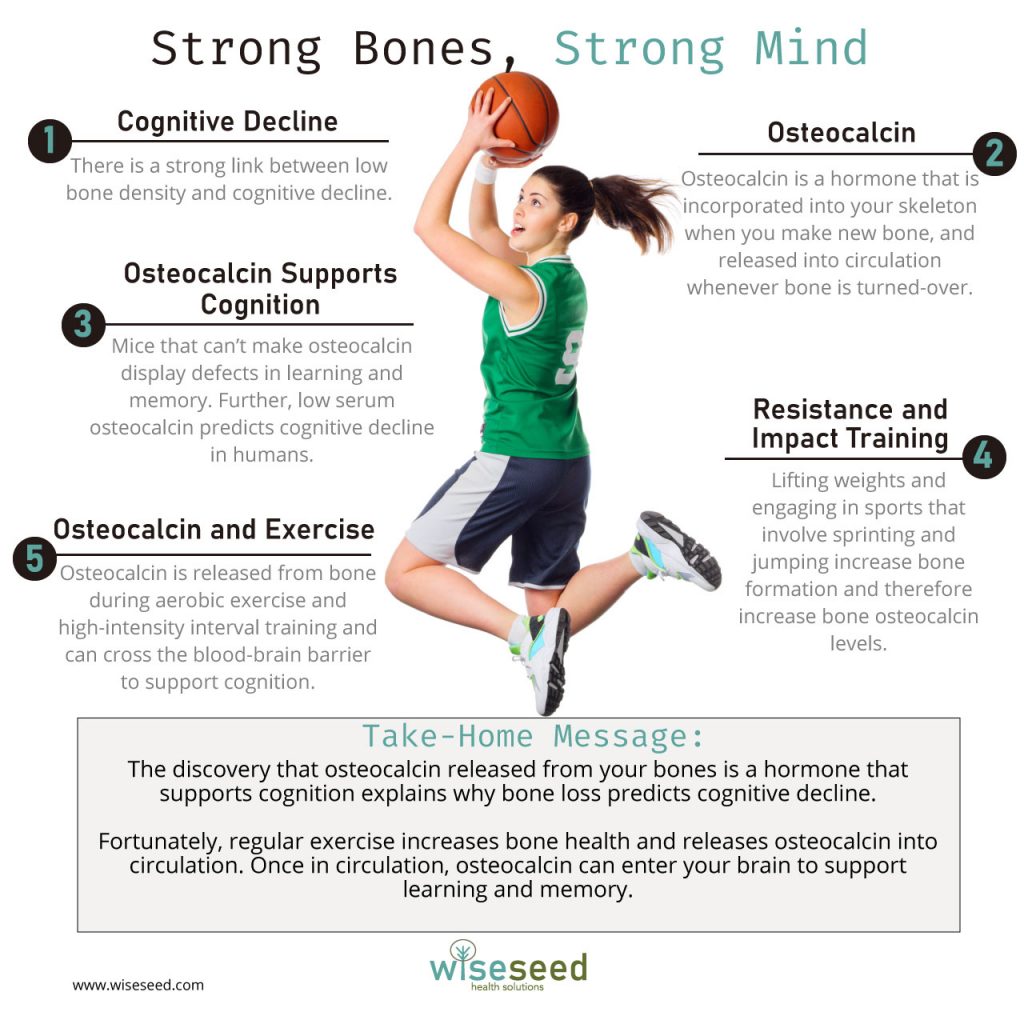
References and Further Reading
1. L. Y. Lui, K. Stone, J. A. Cauley, T. Hillier, K. Yaffe, Bone loss predicts subsequent cognitive decline in older women: the study of osteoporotic fractures. J Am Geriatr Soc 51, 38-43 (2003).
2. Z. S. Tan et al., Bone mineral density and the risk of Alzheimer disease. Arch Neurol 62, 107-111 (2005).
3. R. Zhou, J. Deng, M. Zhang, H. D. Zhou, Y. J. Wang, Association between bone mineral density and the risk of Alzheimer’s disease. J Alzheimers Dis 24, 101-108 (2011).
4. D. Y. Lee et al., Association between cognitive impairment and bone mineral density in postmenopausal women. Menopause 19, 636-641 (2012).
5. K. H. Chang et al., Increased risk of dementia in patients with osteoporosis: a population-based retrospective cohort analysis. Age (Dordr) 36, 967-975 (2014).
6. H. R. Sohrabi et al., Bone mineral density, adiposity, and cognitive functions. Front Aging Neurosci 7, 16 (2015).
7. G. Karsenty, Update on the Biology of Osteocalcin. Endocr Pract 23, 1270-1274 (2017).
8. F. Oury et al., Maternal and offspring pools of osteocalcin influence brain development and functions. Cell 155, 228-241 (2013).
9. A. Obri, L. Khrimian, G. Karsenty, F. Oury, Osteocalcin in the brain: from embryonic development to age-related decline in cognition. Nat Rev Endocrinol 14, 174-182 (2018).
10. L. Khrimian et al., Gpr158 mediates osteocalcin’s regulation of cognition. J Exp Med 214, 2859-2873 (2017).
11. S. Bradburn et al., Association between osteocalcin and cognitive performance in healthy older adults. Age Ageing 45, 844-849 (2016).
12. J. Puig et al., Lower serum osteocalcin concentrations are associated with brain microstructural changes and worse cognitive performance. Clin Endocrinol (Oxf) 84, 756-763 (2016).
13. P. Mera et al., Osteocalcin Signaling in Myofibers Is Necessary and Sufficient for Optimum Adaptation to Exercise. Cell Metab 25, 218 (2017).
14. D. Hiam et al., Osteocalcin and its forms respond similarly to exercise in males and females. Bone 144, 115818 (2021).
15. S. Watson et al., High-Intensity Resistance and Impact Training Improves Bone Mineral Density and Physical Function in Postmenopausal Women With Osteopenia and Osteoporosis: The LIFTMOR Randomized Controlled Trial. J Bone Miner Res 34, 572 (2019).
16. T. H. Suominen et al., Regular Strength and Sprint Training Counteracts Bone Aging: A 10-Year Follow-Up in Male Masters Athletes. JBMR Plus 5, e10513 (2021).
17. C. Lambert, B. R. Beck, A. T. Harding, S. L. Watson, B. K. Weeks, Regional changes in indices of bone strength of upper and lower limbs in response to high-intensity impact loading or high-intensity resistance training. Bone 132, 115192 (2020).
18. C. Liu et al., Effects of combined calcium and vitamin D supplementation on osteoporosis in postmenopausal women: a systematic review and meta-analysis of randomized controlled trials. Food Funct 11, 10817-10827 (2020).
19. M. Fusaro et al., Vitamin K and Osteoporosis. Nutrients 12, (2020).
20. B. Tesfamariam, Involvement of Vitamin K-Dependent Proteins in Vascular Calcification. J Cardiovasc Pharmacol Ther 24, 323-333 (2019).
21. J. M. Kindblom et al., Plasma osteocalcin is inversely related to fat mass and plasma glucose in elderly Swedish men. J Bone Miner Res 24, 785-791 (2009).
22. H. M. Noh et al., Relationships between cognitive function and body composition among community-dwelling older adults: a cross-sectional study. BMC Geriatr 17, 259 (2017).
Acknowledgements
Images created by m-imagephotography and rbv
Disclaimer
The material displayed on this website is provided without any guarantees, conditions or warranties as to its accuracy.
Information written and expressed on this website is for education purposes and interest only. It is not intended to replace advice from your medical or healthcare professional.
You are encouraged to make your own health care choices based on your own research and in conjunction with your qualified practitioner.
The information provided on this website is not intended to provide a diagnosis, treatment or cure for any diseases. You should seek medical attention before undertaking any diet, exercise, other health program or other procedure described on this website. To the fullest extent permitted by law we hereby expressly exclude all warranties and other terms which might otherwise be implied by statute, common law or the law of equity and must not be liable for any damages whatsoever, including but without limitation to any direct, indirect, special, consequential, punitive or incidental damages, or damages for loss of use, profits, data or other intangibles, damage to goodwill or reputation, injury or death, or the cost of procurement of substitute goods and services, arising out of or related to the use, inability to use, performance or failures of this website or any linked sites and any materials or information posted on those sites, irrespective of whether such damages were foreseeable or arise in contract, tort, equity, restitution, by statute, at common law or otherwise.

Ten Minutes is All You Need
Research has shown that ten minutes of moderate-to-vigorous exercise performed each day is enough to significantly reduce your risk of early death.
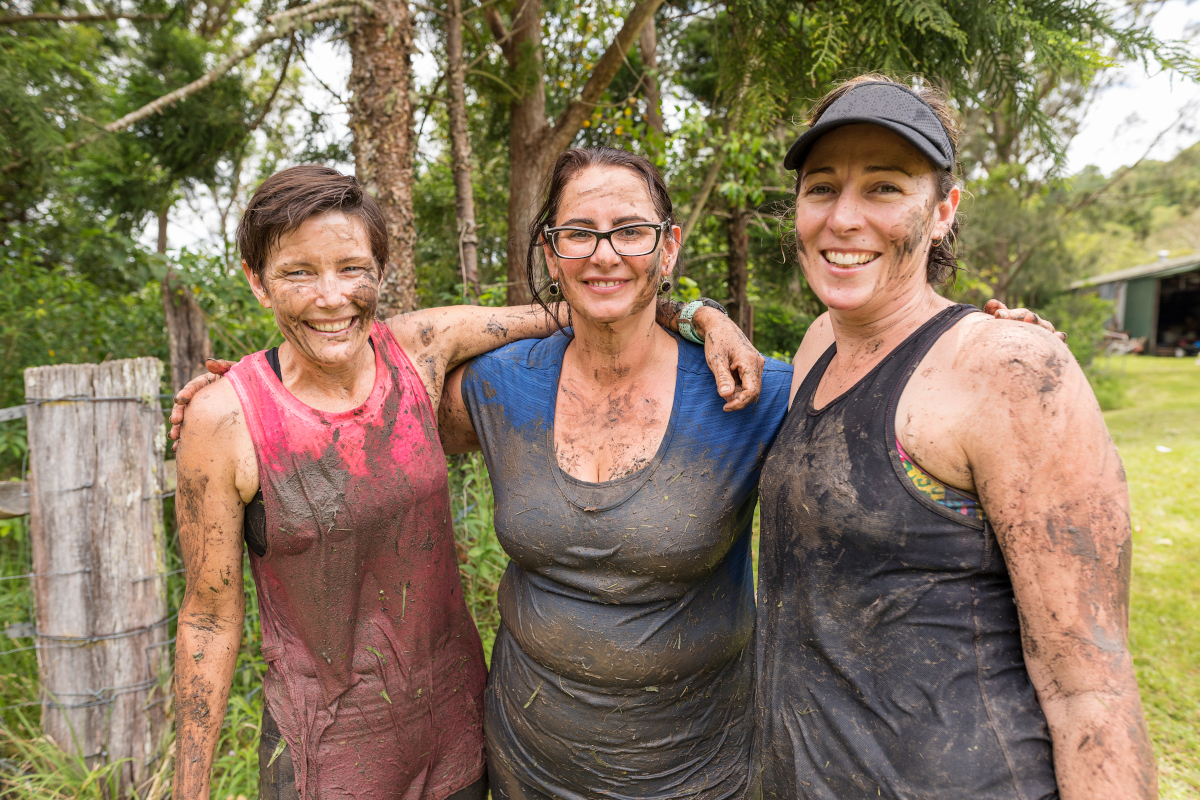
The Way of the Weekend Warrior
The way of the weekend warrior is one path to health that also leaves plenty of room in your life for the pursuit of other activities that you find important and meaningful.



